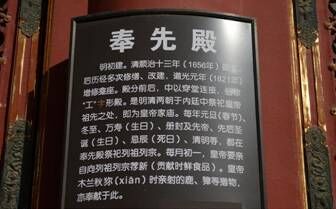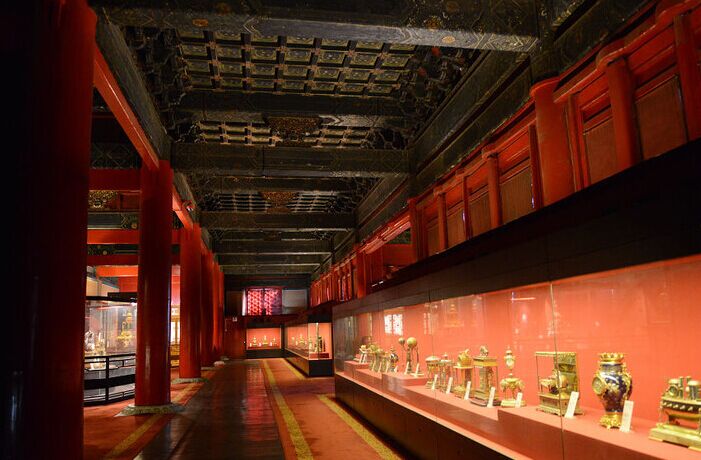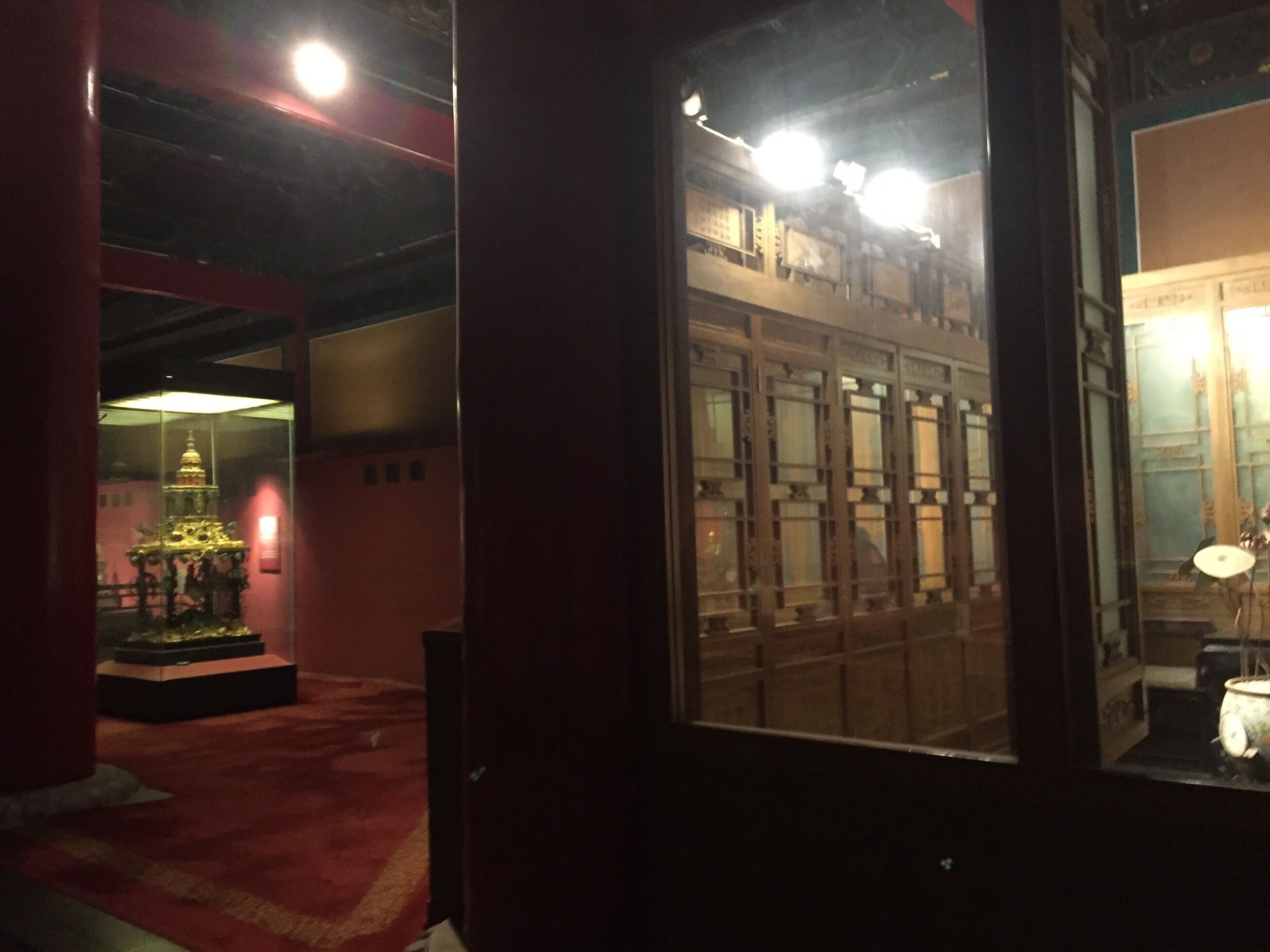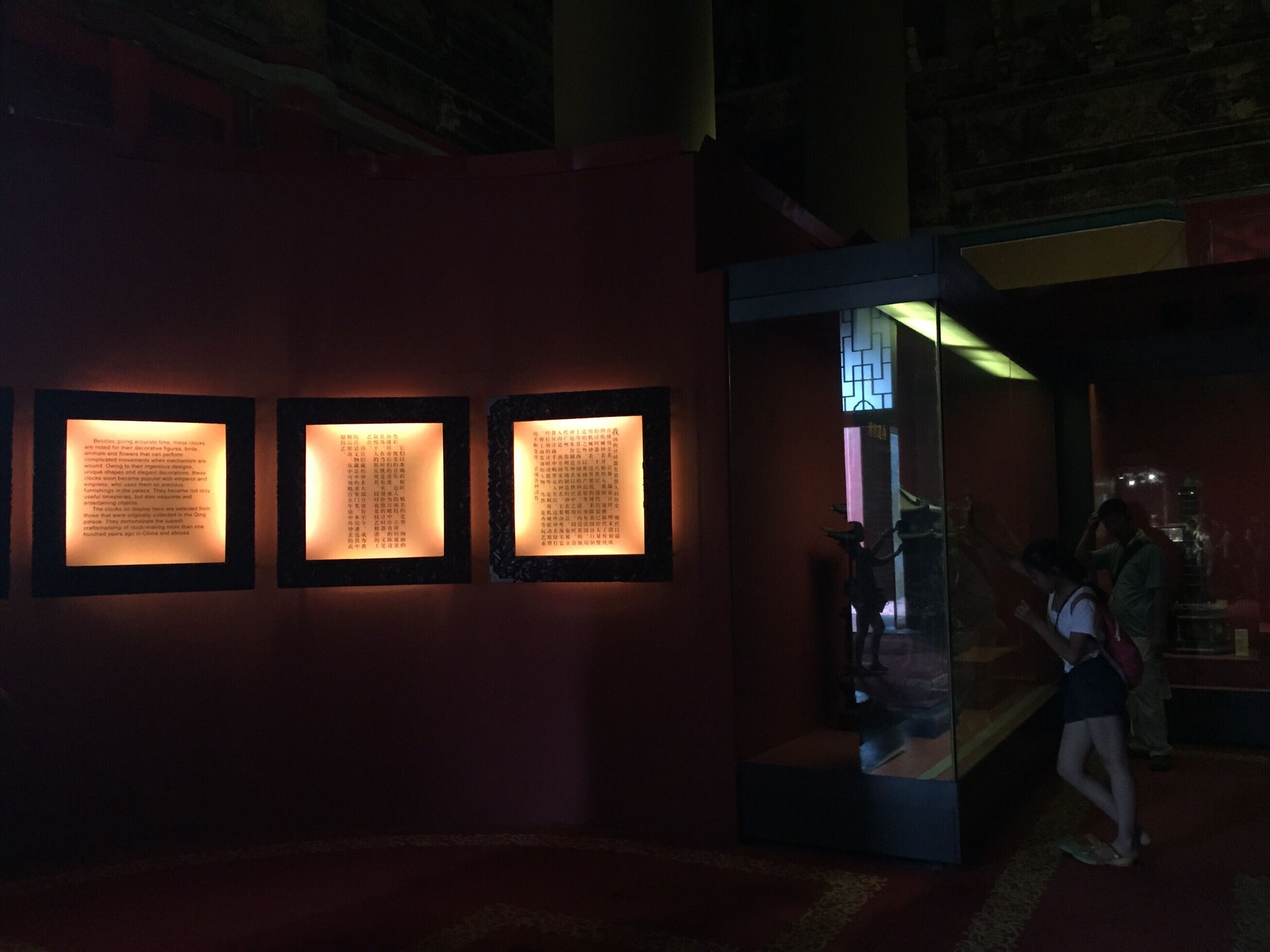When the ancient architecture meet museum lighting
Ancient architecture itself as a heritage is very difficult to solving effects and protection issues in lighting design. Equivalent, this problem is also very prominent in museum lighting!
What it will be when the ancient architecture encountered the museum?
Epco-Lighting(HK) Co.,Ltd, which is the project sponsor of “The status and prospects research of LED applications in museums, galleries” , went to the Watch Museum (Fengxian Temple) that located in the National Palace Museum to research the lighting of the exhibition space on august 18, 2015

Fig1 Fengxian Temple
Fengxian Temple, which located on the east side of the Inner Court Beijing Forbidden City, is an ancient han palace building that built at early Ming Dynasty and was used as the Ming and Qing royal family temple to worship ancestors. Shunzhi 1657 year, Fengxian Temple reconstructed, and later several repairs. Fengxian Temple was a shaped building that built on a white Xumizuo, the building area is 1225.00M2, here displayed Qing Dynasty clocks up to 123, which were manufactured by

Fig2 Temple's cards
Transform a famous ancient building into a clocks hall, its lighting mainly consider the following aspects:
‖ The protection of Ancient Buildings
‖ Considering from the glare, illumination, color temperature, etc., and outstanding lighting effects, finally create a comfortable light environment
1、The protection of Ancient Buildings
2、Glare control

Fig3 Showcase
First, softness of natural light is not enough, arised slight glare.Inadequate compensation of indoor artificial light, resulting in too much contrast, and causeing glare.
By increasing artificial illumination and reducing contrast, can increase comfort.
Secondly, a variety of indoor glare also obvious.


Fig4 Glare
3、Illumination uniformity
In addition to reducing glare, the illumination uniformity also one of the important conditions of create a comfortable and soft atmosphere.
Non-display area is too dark.
The window is too bright, and other region is too dark.
Brightness contrast is too strong, it will cause viewers visual fatigue.
What we need is a uniform soft light environment!
4、Color temperature consistency
Due to natural light and many other types of light sources(Traditional halogen lamps, Energy saving lamps, LED lamps), finally caused light color confounding.

Fig5 Stray light
Natural light and whitish yellowish halogen light.

Fig6 Natural light and Halogen light
Top showcase yellowish light and low color temperature within the light transmissive.
Consider the entire space of natural light, the actual situation of artificial light is as follow:
‖ Color temperature of natural light polarization, majority of which more than 4000K.
‖ Mainly exhibits of display area are metal artifacts, the lighting color temperature can be appropriately low.
5、CRI
Since the entire display area exhibits more watches, it should use high color rendering light that CRI more than 90. Because the scene have more red, if use LED light or energy saving lamps, one should pay attention to the R9. From the measured data, however, is far from satisfactory, and its effect is unsatisfactory too.
Apart from the measured data, however, is far from satisfactory, and its effect is unsatisfactory too.In addition to halogen lamp area, the other space CRI all not compliance.
Through research, we deeply felt the importance of lighting in ancient architectures and museums, however, it has a long way to do it!